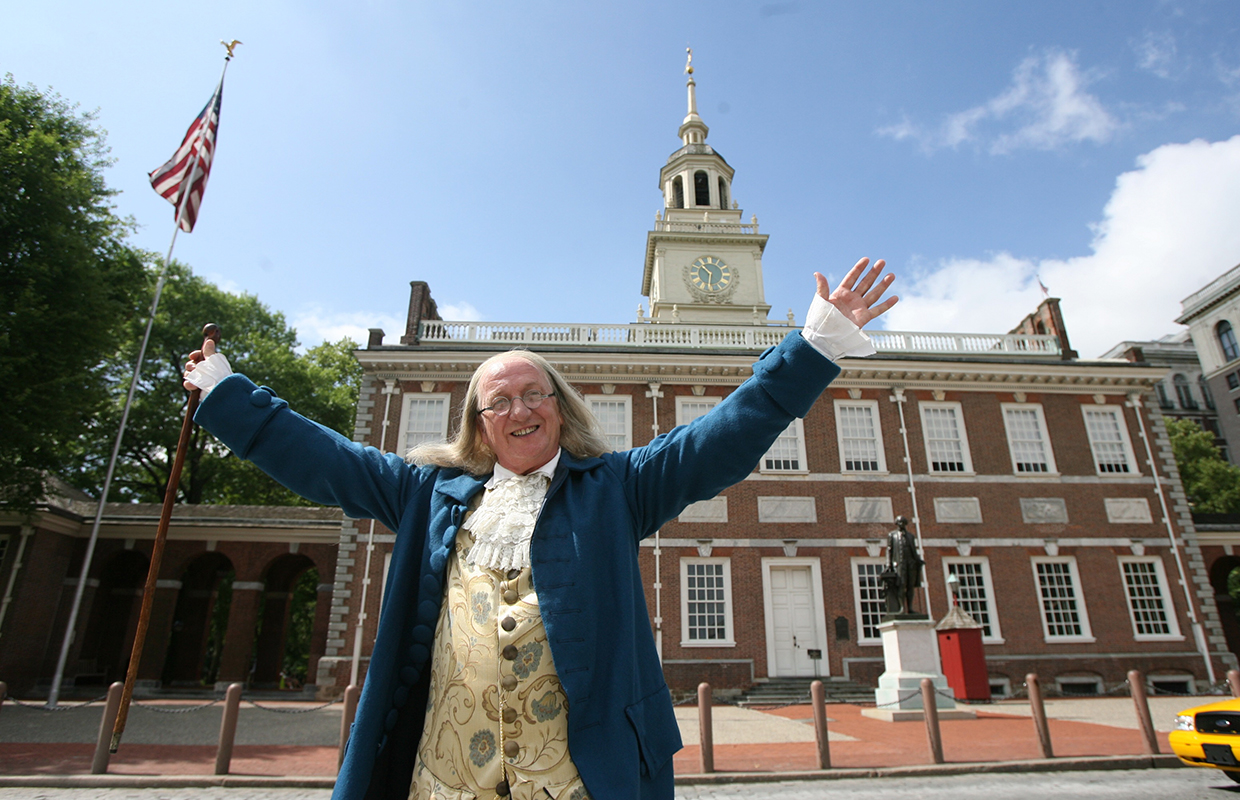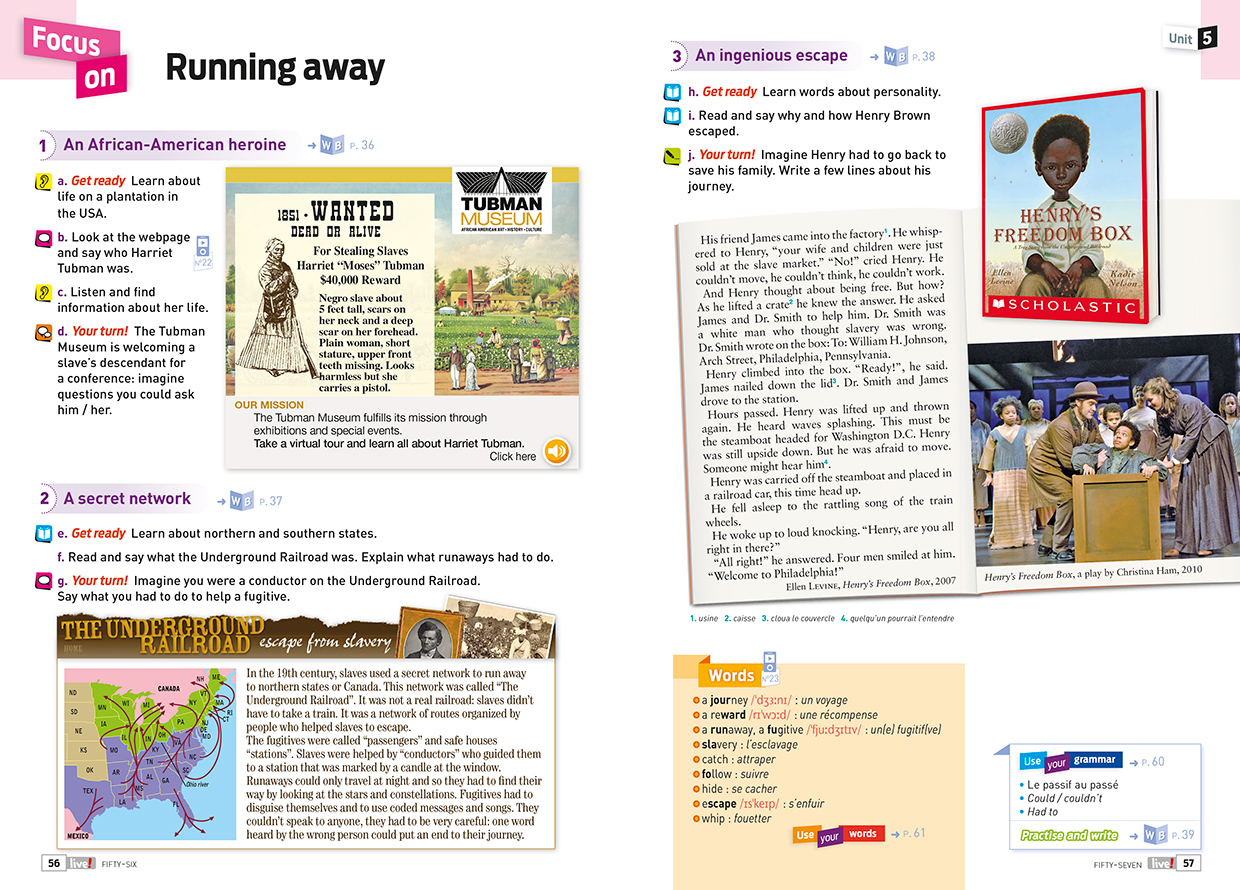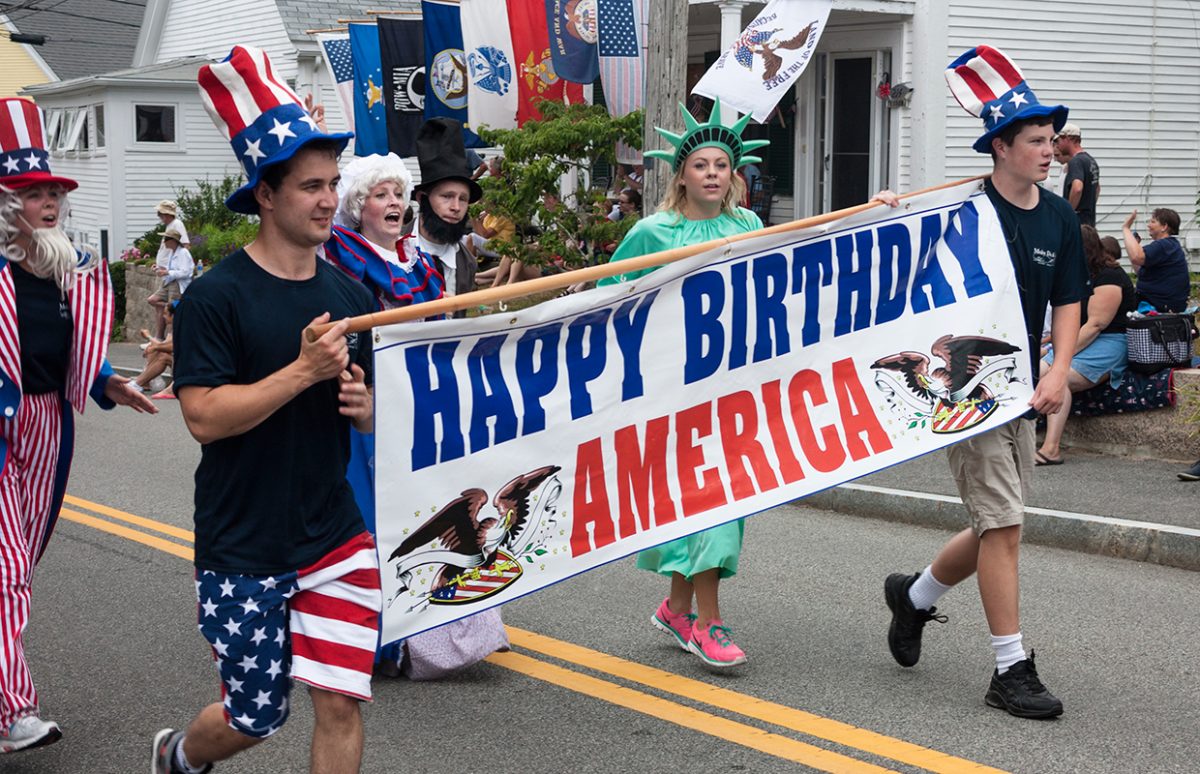On July 4th, the U.S.A. celebrates its independence. And where better to do that than in Philadelphia, home of the Liberty Bell, and where the Declaration of Independence was written?
The Pennsylvania State House in Philadelphia, renamed Independence Hall, truly deserves the title "birthplace of the nation". It was here on July 4, 1776 that the Declaration of Independence was adopted. Here also that the design of the American flag was agreed upon in 1777, and that the U. S. Constitution was drafted in 1787.
It is also home to the Liberty Bell, a symbol of freedom to successive movements seeking freedom from colonial Britain, the abolition of slavery and the promotion of women's right to vote.
"We hold these truths to be self-evident, that all men are created equal, that they are endowed by their Creator with certain inalienable Rights, that among these are Life, Liberty, and the pursuit of Happiness."
It took the Second Continental Congress convened in Philadelphia almost a year to agree on the Declaration of Independence drafted by Thomas Jefferson. It was essentially a list of grievances against the British Crown. The 56 signatories representing the 13 original states were committing an act of treason as they finalised the document on 4 July, officialising the Revolutionary War against Britain.
In 1787, many of them returned to draft the Constitution of the new country and be forever remembered as Founding Fathers.

Liberty Bell
The bell of the State House probably rang as the Declaration was read out, but it wasn't until the 1830s that the "Liberty Bell" became one of the strongest symbols of the nation, though not as a functioning bell. It had developed a crack that prevented it from being rung.
 The inscription on the bell is a quote from the Bible, the Book of Leviticus: "Proclaim Liberty Throughout All the Land Unto All the Inhabitants thereof." This became the rallying cry of the abolitionist movement opposing slavery.
The inscription on the bell is a quote from the Bible, the Book of Leviticus: "Proclaim Liberty Throughout All the Land Unto All the Inhabitants thereof." This became the rallying cry of the abolitionist movement opposing slavery.
Sometimes fiction has a stronger pull than fact, and the Liberty Bell's fame spread largely because of a short story by Philadelphia writer George Lippard, published in 1847. It is actually entitled The Fourth of July, 1776, but it became famous as "Ring, Grandfather, Ring". It tells the story of an old bellringer waiting for word of the Declaration of Independence. He asks a young boy to let him know if the Declaration is adopted so he can ring the bell.
The Bell became so symbolic that, after the Civil War, it was toured around the country reminding the nation of the country's foundation.
The Bell was already a symbol of the end of slavery when the women's suffrage movement adopted it for their cause. In 1915, a replica dubbed the "Justice Bell" was toured across Pennsylvania in support of women's rights. It was then displayed, chained in silence, until women finally obtained the vote with the 19th Amendment to the Constitution in 1920.
 The final task in Shine Bright AMC File 13 Land of the Free is a roundtable discussion on Independence Day, after students have discovered documents about different parts of the U.S. Constitution.
The final task in Shine Bright AMC File 13 Land of the Free is a roundtable discussion on Independence Day, after students have discovered documents about different parts of the U.S. Constitution.
 There is more on the abolition movement in
There is more on the abolition movement in
Give me five! 4e Unit 5 "Journey to Freedom" .
Download a sample page here.
Copyright(s) :
Dreamstime
Tim Hawk/VisitPhilly
> The Face of Money: U.S. Banknotes Get a New Look
Tag(s) : "Declaration of Independence" "Give Me Five 4e" "Independence Day" "July" "July 4" "Philadelphia" "Shine Bright AMC" "slavery" "U.S. history" "U.S. traditions" "women's rights"





